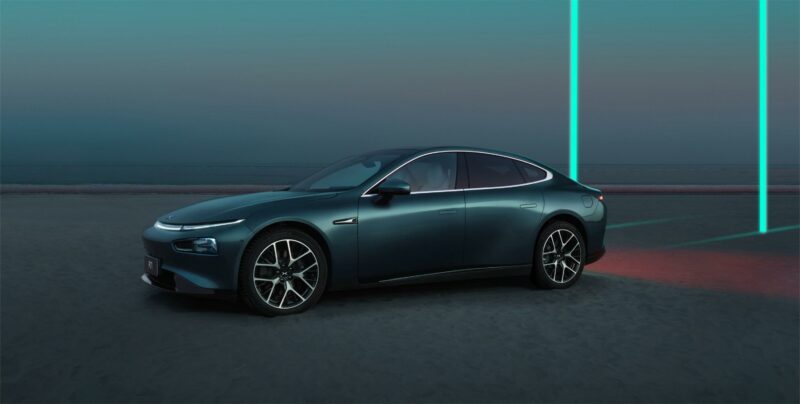Xpeng officially launched the new Xpeng P7i 550 version on November 6th, with prices starting at 223,900 yuan (30,800 USD).
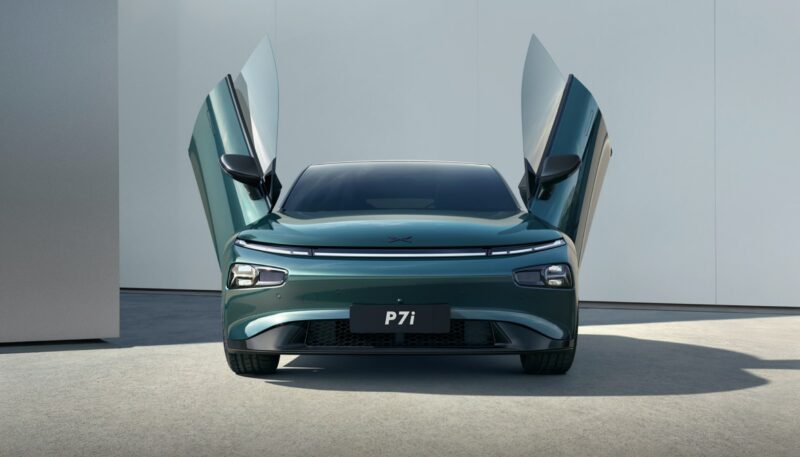
The Xpeng P7i 550 LFP version shares most of its configurations with the previous Xpeng P7i 702 version. The key difference is replacing the ternary lithium battery pack with an LFP battery pack, and the capacity has changed from 86.2 kWh to 64.4 kWh. The battery supplier is EVE, it also supplies batteries to Dongfeng’s brands like Forthing. In 2021, the Xpeng P7 had an LFP option with a range of 480 km from CATL. However, Xpeng discontinued assembly of this trim level because of the low demand among Chinese buyers. Now, they want to come back into the LFP field. This change results in a reduced CLTC range, from 702 km to 550 km, and a corresponding price decrease of 26,000 yuan (3,600 USD).
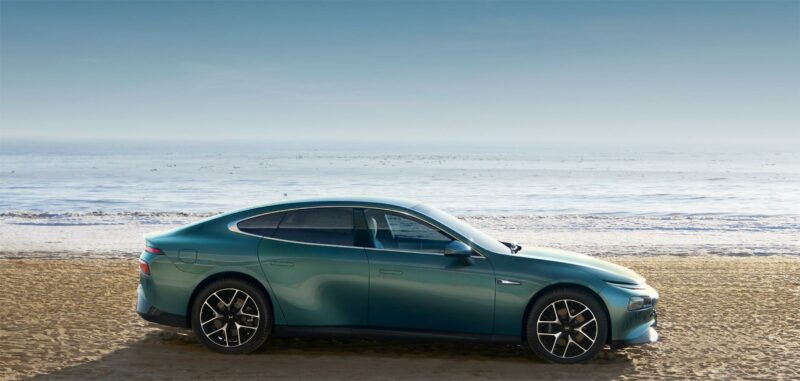
Xpeng P7i
Compared to the older Xpeng P7, the new P7i has seen several upgrades:
The length has increased slightly to 4888 mm, making it 8 mm longer than the old model. Width, height, and wheelbase remain unchanged. Some minor adjustments have been made to the exterior and interior.
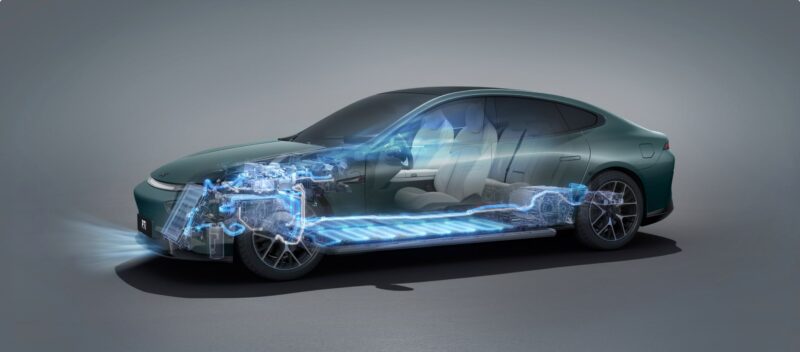
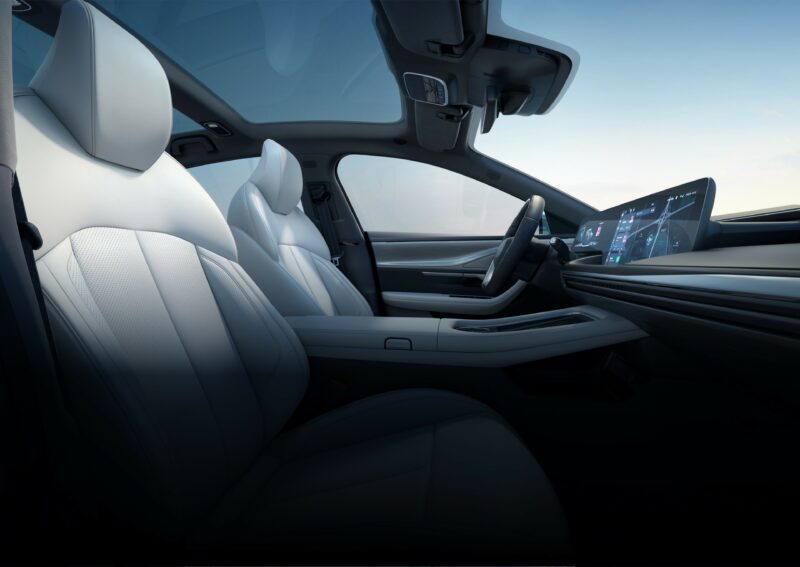
In terms of power, the new P7i offers both two-wheel drive and four-wheel drive models. The two-wheel drive model boasts a maximum power of 203 kW, maximum torque of 440 N·m, 0-100 km/h acceleration in 6.4 seconds, and a CLTC range of 670 km and 702 km. The dual-motor four-wheel drive model features a maximum system power of 348 kW, maximum torque of 757 N·m, 0-100 km/h acceleration in 3.9 seconds, and a CLTC range of 610 km.
For fast charging, the two-wheel drive model can recharge 240 km of energy in 10 minutes, while the four-wheel drive model can recharge 210 km at the same time. Both models can charge 10% to 80% in 30 minutes.
As a mid-term facelift model of the Xpeng P7, the exterior remains largely unchanged. Most of the upgrades are in the interior and technology aspects:
- A new “interstellar green” paint color has been added.
- The new P7i has the same driver assistance hardware as the G9 model, including lidar, an 8-megapixel camera, and 2 Orin X chips.
- The chipset has been upgraded to the Snapdragon SA8155P.
- It has a standard heat pump, a new electric suction door, and an external trunk switch.
- The two-wheel drive version sees an improvement in acceleration, going from 6.7 seconds to 6.4 seconds. The four-wheel drive version, on the other hand, improves acceleration from 4.3 seconds to 3.9 seconds.



